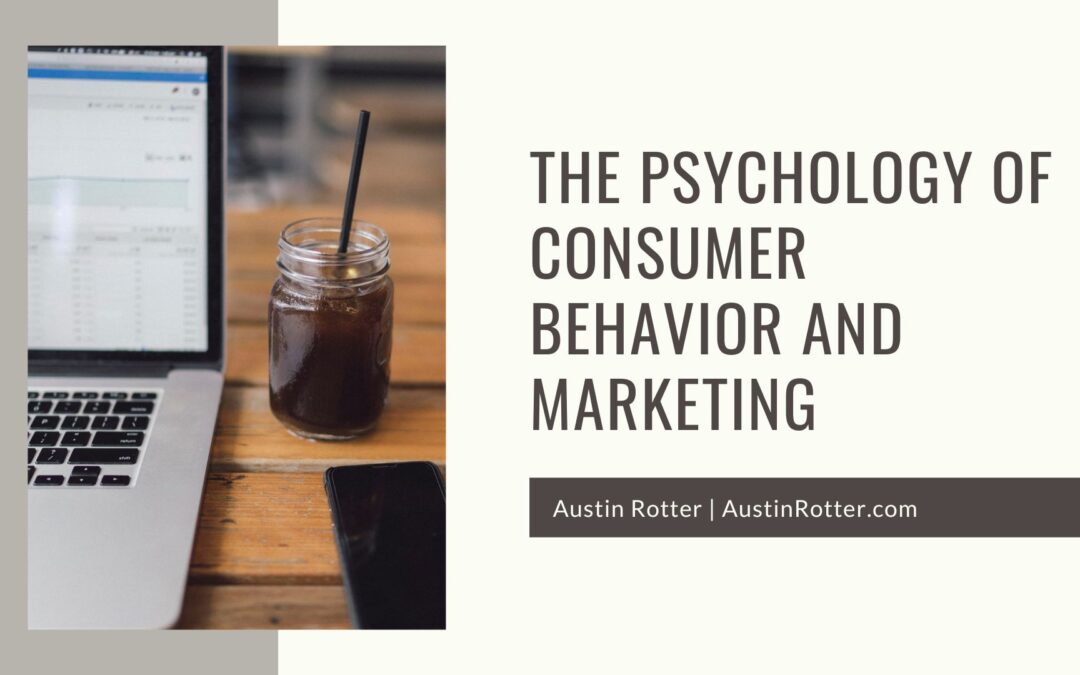Marketing is a crucial component of any business because it seeks to sell products or services to consumers. A successful marketing strategy involves understanding the psychology of consumer behavior, including the factors that influence consumer decision-making.
Consumer Behavior
Consumer behavior refers to the study of how individuals make decisions about purchasing, using, and disposing of goods and services. The decision-making process involves several steps, including problem recognition, information research, evaluation of alternatives, purchase, and post-purchase evaluation. Understanding the psychology of these steps can help marketers create effective strategies to influence consumer behavior.
Motivation
An essential factor that influences consumer behavior is motivation. Motivation reflects the internal and external factors that drive individuals to take action, such as purchasing a product or service. Marketers can tap into consumer motivation by creating products or services that fulfill a want, need, or desire. For example, a luxury car manufacturer may market its products to individuals motivated by status and prestige.
Perception
Another critical factor that influences consumer behavior is perception. Perception refers to how individuals interpret and make sense of information from the environment. Marketers can influence consumer perception by creating advertisements and other marketing materials that appeal to feelings and emotions. For example, a food company may use vibrant colors and images of delicious food to appeal to consumers’ sense of taste and smell.
Information Availability
The availability of information also plays a critical role in consumer decision-making. In today’s digital age, consumers can access abundant details about products and services. This information can come from various sources, including social media, online reviews, and word-of-mouth recommendations. Marketers must be aware of the information available to consumers and ensure their marketing messages are accurate and trustworthy.
Social Factors
The decision-making process is also influenced by social factors, such as family, friends, and social norms. For example, an individual may be more likely to purchase a product if their friends or family have recommended it. Social norms, such as cultural expectations and values, can also influence consumer behavior. Marketers must consider these social factors when developing marketing strategies.
Emotions
Finally, emotions play a significant role in consumer behavior. Emotions can influence the way individuals perceive and respond to marketing messages. Marketers can tap into consumer emotions by creating advertisements and other marketing materials that evoke strong emotions, such as joy, excitement, or fear. For example, a car company may make an advertisement that evokes a sense of adventure and freedom.
The Types of Consumers
In addition to understanding the psychology of consumer behavior, marketers must also be aware of the various types of consumers. These include habitual consumers, brand-loyal consumers, and impulse buyers. Understanding these consumer types can help marketers create targeted marketing strategies that are more effective.
Habitual Consumers
Habitual consumers purchase products or services out of habit with little thought or consideration. Marketers can appeal to these consumers by creating advertisements that are simple and easy to understand. For example, a fast-food chain may use catchy slogans and simple imagery to appeal to habitual consumers.
Brand-Loyal Consumers
Brand-loyal consumers are loyal to a particular brand and will only purchase products or services from that brand. Marketers can appeal to these consumers by creating advertisements emphasizing the brand’s unique features and benefits. For example, a clothing brand may create ads highlighting its products’ quality and durability.
Impulse Buyers
Impulse buyers are individuals who make spontaneous purchases without much consideration or planning. Marketers can appeal to these consumers by creating advertisements that evoke strong emotions or create a sense of urgency. For example, a home improvement store may create ads that offer limited-time discounts or emphasize the speed of home repairs.
